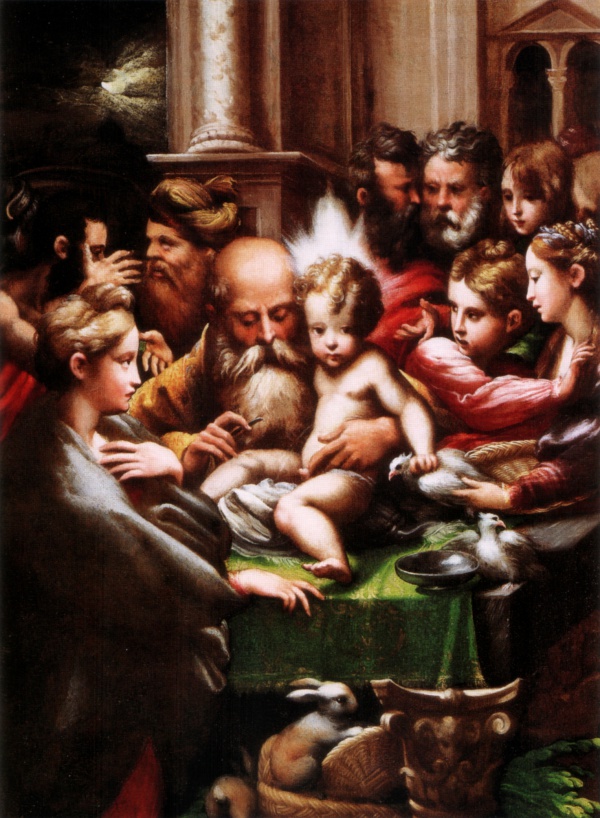Facts About Circumcision of Jesus
Parmigianino's "Circumcision of Jesus" painted around 1523, is a mesmerizing work by the Italian Mannerist artist. This piece, now housed at the Detroit Institute of Arts in Michigan, depicts the biblical event of Jesus' circumcision, a frequent subject in religious art.
The painting's history is quite captivating. Initially, there were discrepancies in its description by the renowned art biographer Giorgio Vasari. Its true provenance was only confirmed in the 1830s when it formed part of the Russian imperial collection. Later, Axel Beskow acquired the painting and generously donated it to the Detroit museum in 1936. However, it was not officially attributed to Parmigianino until 1991. Experts dated the painting by comparing it with the artist's earlier works and a preparatory drawing located at the Louvre Museum.
In this artwork, Parmigianino skillfully portrays the circumcision of Jesus as detailed in the Gospel of Luke. The scene includes two sacrificial doves, symbolizing Mary's purification. At the center, the infant Jesus is bathed in light, surrounded by a gathering. To the left, the Madonna is depicted in conversation with two figures, set against a backdrop of a rising sun. On the right, rows of onlookers witness a priest performing the circumcision ritual. Parmigianino's attention to detail is evident in small elements like the rabbits at the bottom of the painting, reminiscent of his other works.

 Canada
Canada